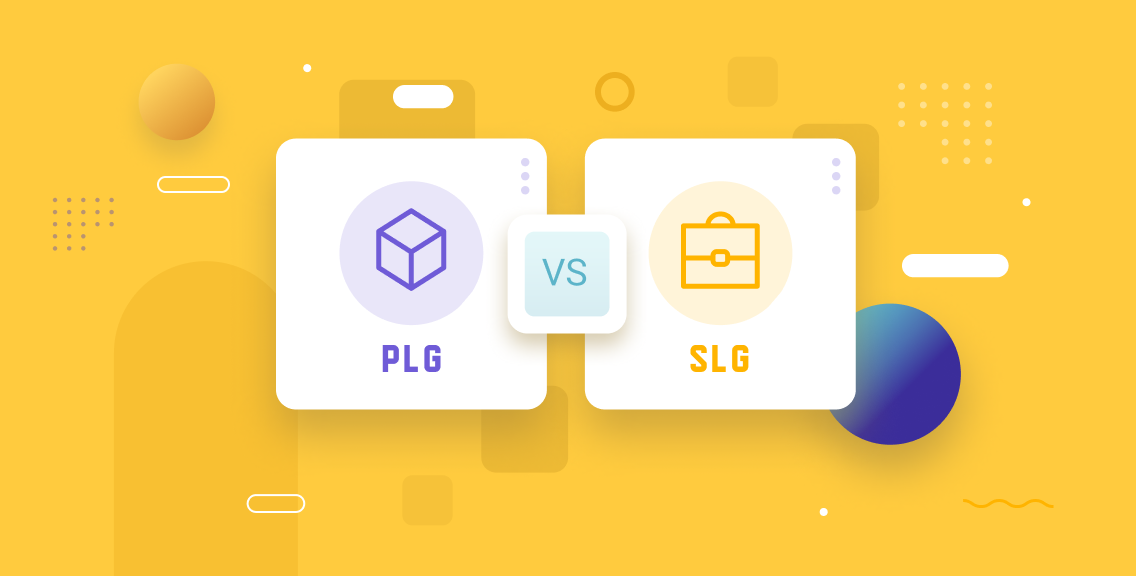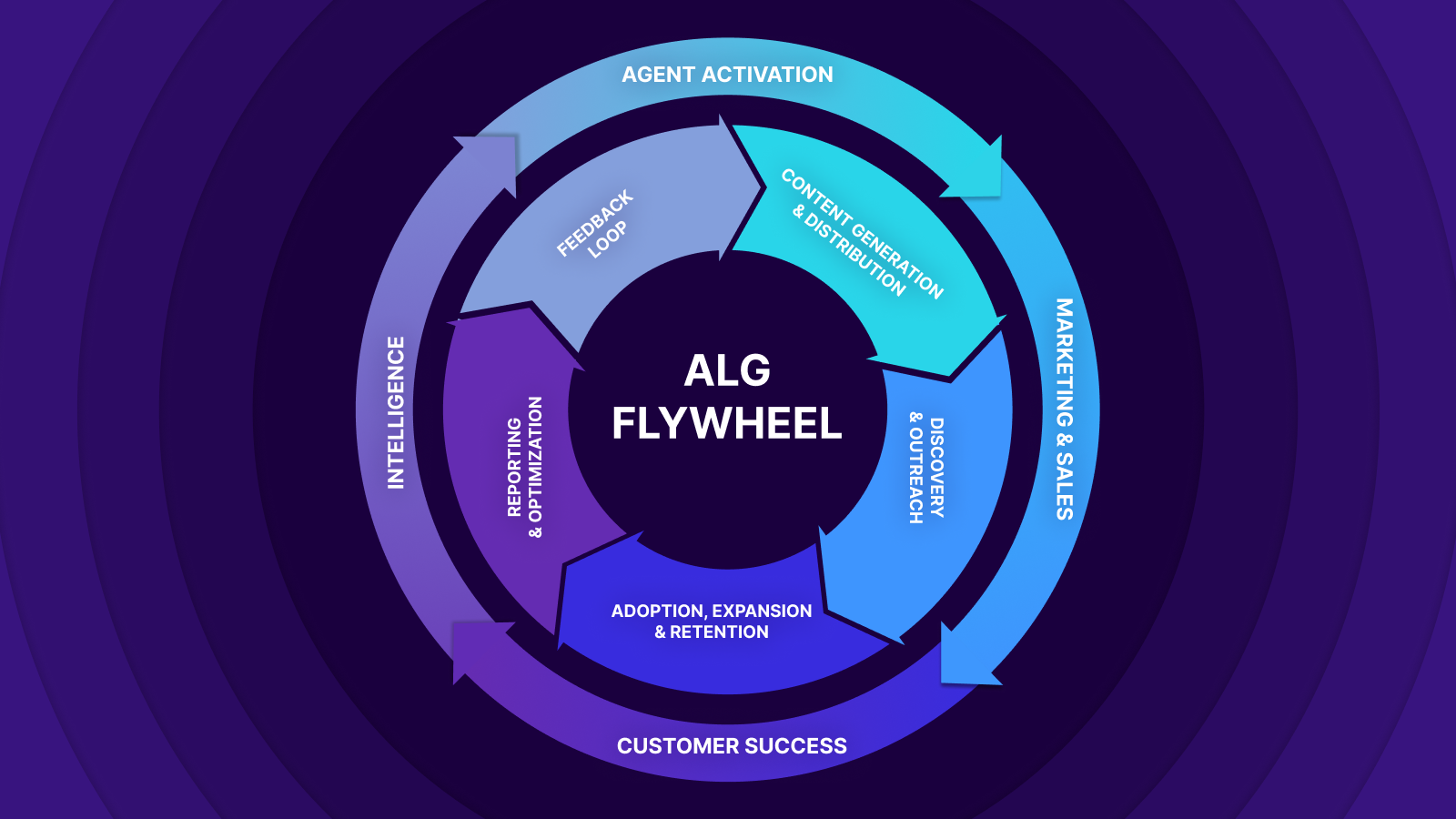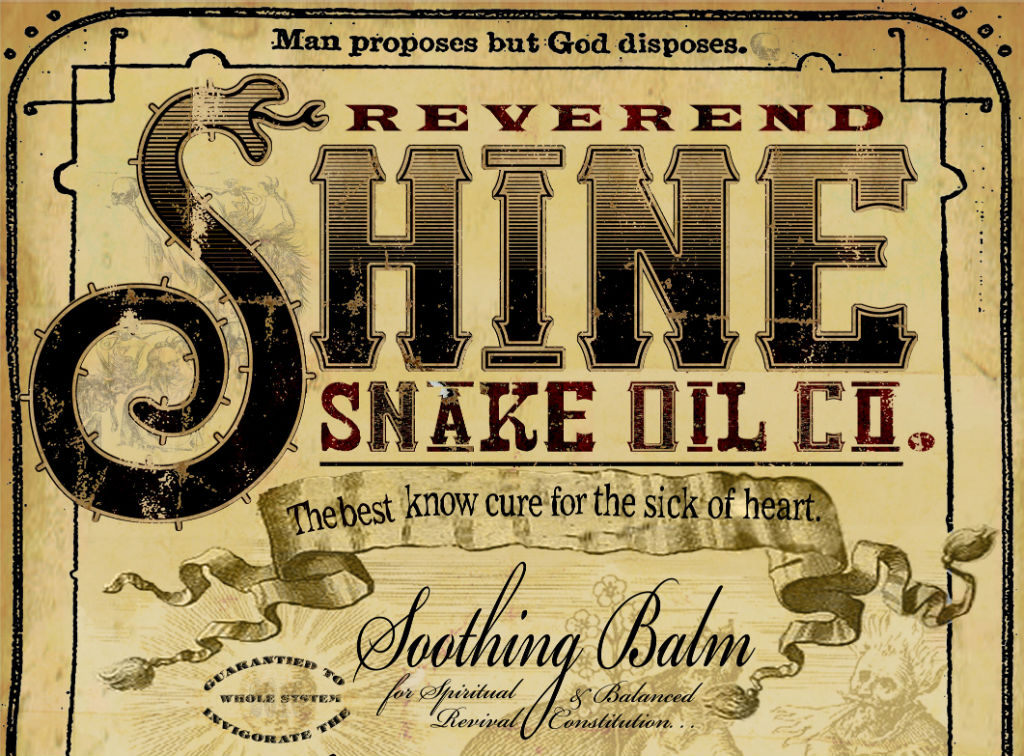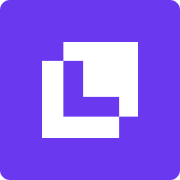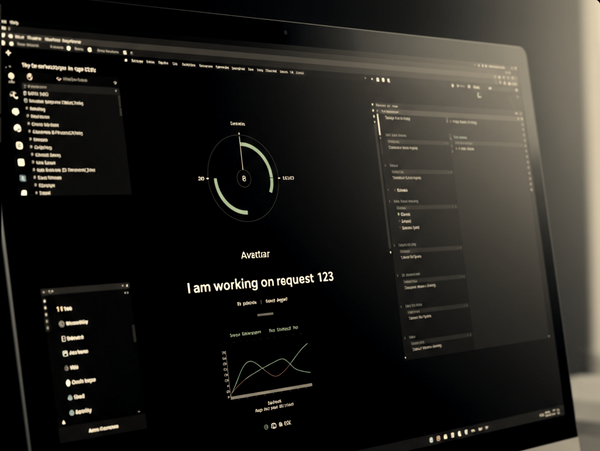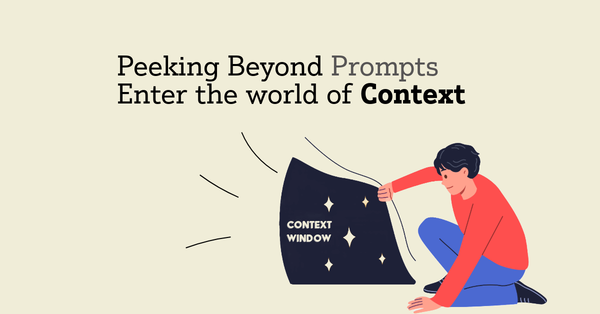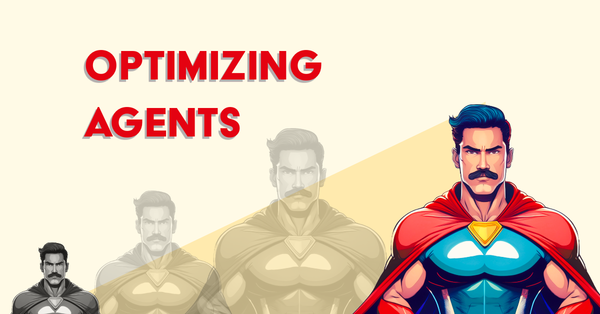Agent Led Growth (ALG): Future of defining success
The article is more of a brainstorming that explores a new trajectory for achieving growth—one where it's not just sales or product that drive expansion, but automated, action-driven agents that actively work within the funnel to create a revenue machine.
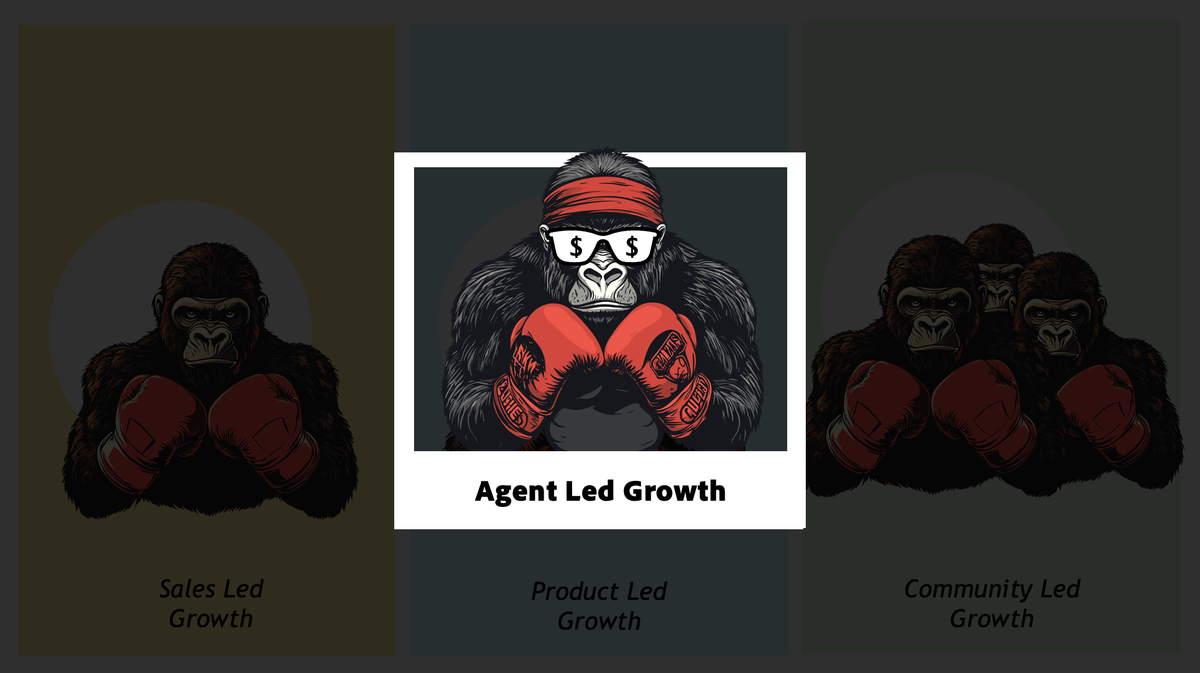
Disclaimer before you read further—I have the least experience in this area, but it’s an interesting topic that keep my attention on to it. Since I understand Go-To-Market (GTM) strategies and how they work, this thought naturally came to mind.
While exploring a particular topic and sharing insights during a learning session, I had a moment of realization—why not "Agent-Led Growth" (ALG)? This is more of a loud thinking exercise, a brainstorming attempt to explore its potential as a strategy to enhance the entire growth funnel.
Despite this being just an idea, I’m confident it holds promise—not just because it makes sense to me, but because I’m not the only one thinking about it. While browsing the internet, I stumbled upon an article that echoed similar thoughts. Here’s a quote from it:
"I've watched the evolution of SaaS GTM strategies with fascination. From marketing-led to sales-led, product-led, and the more recent community-led approaches – each wave brought its own promises and challenges. But now, as we stand at the emergence of what we call the "AI-first era," something far more transformative is emerging: We are calling it Agent-Led Growth (ALG)" --Tobin Thomas, CEO of Lifesight
Evolution so far...
Over the decades, how companies grow and scale revenue has undergone a remarkable transformation. Growth strategies have been evolved as eras have shifted along with the boom in technology, from era of dot com to now agents, following how the evolution looks like :
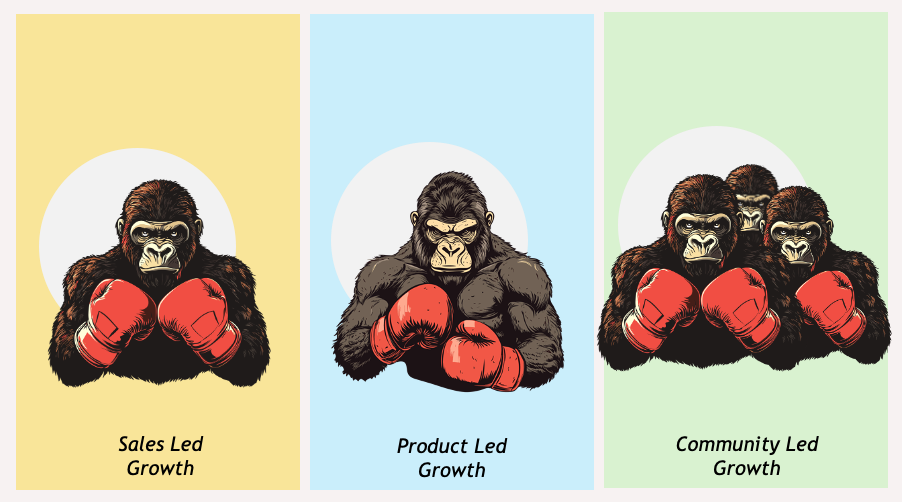
Sales Led Growth
The Original Gorilla!
From decades, industries are using sales strategies to drive growth. Though selling is in place from ages but the breakthrough happened in 1968 by Xerox, calling it as a 'satisfaction selling' where they invested millions. The whole intention was to ensure that users are satisfied with product that in case anything doesn't work they should be rest assured of maintenance. Here is the great readout showing, how sales methodologies have evolved over the years.
In case of SLG, this what the funnel looks like :
Lead generation → Sales outreach → Conversion
Product Led Growth
As we entered the 2010, a silent revolution was brewing—products were starting to speak for themselves. The era of Product-Led Growth (PLG) emerged from the wave of cloud-first, SaaS-driven businesses that believed users should experience the value before being sold to.
This model truly took off with companies like Slack, Zoom, Dropbox, and more... where a user could sign up, use the product, love it, and expand organically—without ever talking to a sales rep. It flipped the traditional funnel and created a bottom-up momentum. PLG became the new king where product UX, onboarding journeys, and delight became the primary drivers of adoption and revenue.
The breakthrough wasn't in aggressive selling but in making onboarding so seamless that users couldn’t help but spread the word. Suddenly, marketing and sales were being powered by feature discovery, in-app nudges, and community love.
Here's how a PLG funnel typically looks like:
Free trial or freemium → User activation → Product adoption → Expansion (teams/orgs)
PLG isn’t just a tactic—it’s a cultural shift. It trusts the user, empowers them, and turns them into advocates before they even talk to a human.
Community Led Growth
The social gorilla is in the ring!
As the 2020 rolled in, we began to see a powerful new shift—growth driven by people, not just products or sales reps. Here comes: Community-Led Growth (CLG).
This movement thrives on the belief that your best marketers aren’t in your org chart—they're your users, fans, advocates, and contributors. Think of how Figma, dbt Labs, and Discord built cult-like communities where users didn’t just use the product—they evangelized it.
The roots of CLG trace back to the open-source and developer-first ecosystems where collaboration, forums, meetups, and content played a bigger role than demos or discounts. But it truly blossomed when companies began intentionally investing in community ops, ambassadors, champions, and forums.
Here’s what a CLG funnel typically looks like:
Awareness via community → Trust & engagement → Organic advocacy → Bottom-up adoption
The strength of CLG is compounding. While sales-led efforts may hit saturation, and product-led efforts need continuous optimization, a passionate community grows exponentially—every member becomes a multiplier.
Many CLG based companies adopt a hybrid GTM approach—community warms the pipeline, and sales converts high-value or enterprise users.
Agent Led Growth
Here is the era of - Smart Gorilla!!

If SLG was the talker, PLG the doer, and CLG the believer — then ALG is the thinker.
Instead of waiting for sales team to generate leads or product to attract new customers with added time, agents are the collaborators boosting the existing growth cycles and optimizing the personalized experience on real time. They are the trusted layers creating a value of togetherness for customers. Well, there will be a journey to adapt these agents with human in loop to pure automation.
The new funnel would be -
Sensing signals → Personalized agent touch points → Real-time decisions → Autonomous growth
The ALG touch base on different areas to accelerate the growth :
- Targeted users: Creating agent based data hunters, that hunt for right targeted audience for you. The behavioral signals, demographic patterns, and interest-based clustering, agents can generate precise user cohorts who are likely to adopt your product. This isn't just about quantity; it's about quality leads who match your ideal customer profile.
- Agentic Sales Agent: With the rise of advanced agents, it’s now possible to pitch users with highly granular and personalized information—something that was difficult to achieve before. As audio and video clones become more accurate and lifelike, these near-human experiences, combined with deep product knowledge, are set to significantly boost conversion rates. Agents don’t just sell—they connect, educate, and empathize in real-time.
- Personalized content creation: Agents continuously learn from user actions, preferences, and feedback to craft hyper-personalized content, including emails, landing pages, offers, and even product experiences.
This ensures each user feels spoken to, not marketed to—boosting engagement, satisfaction, and brand loyalty. - Realtime customer experience : A 24x7 companion. Design it to walk beside users throughout their journey—guiding them during onboarding, solving issues instantly, information transparency, offering tips, educating them and nudging them towards success.
This continuous support creates a self-improving loop of trust, where every interaction is a growth opportunity—for both the user and the business. - Agent-Led Pricing & Packaging : No longer fixed tiers, but dynamic pricing that adapts to user context and engagement. Agents can experiment with pricing models to maximize conversion—offering discounts, upsells, or value-based tiers in real-time.
Market is also seeing a shift toward Outcome-Driven Pricing: users only pay when they receive a tangible benefit (e.g., a lead, a prediction, a result).
This aligns business incentives with customer success—creating a win-win model beyond traditional subscriptions or credit buckets.
In a nutshell, the agentic strategy to growth presents a powerful opportunity to infuse AI into both sales-led and product-led funnels. With my current understanding, I see it as a broader set—one that not only streamline existing processes but also opens up new dimensions to monetize previously untapped or unknown audiences (as discussed above).

These intelligent agents, which have started collaborating along with sales and marketing teams, will continue to play a vital role—giving them wings to scale and eagle eyes to spot opportunities, ultimately driving greater revenue impact.
References
